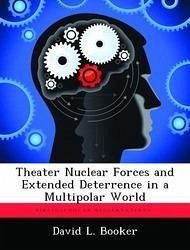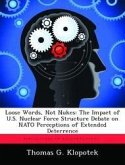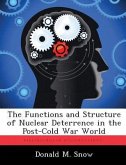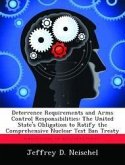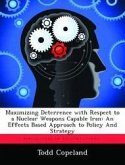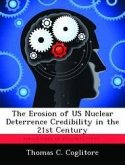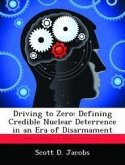The role played by nonstrategic nuclear forces in the cold war logic of extended deterrence is changing dramatically, as the US and Soviet Union retreat from the quasi-confrontational military postures of the past 40 years. What do present changes in the global security picture portend for this class of weapons? The author evaluates possibilities using a matrix of considerations: trends in the international system: strategic ways, means, and perceptions: intrinsic capabilities of new generations of nuclear weapons: and operative views of extended nuclear deterrence. One conclusion is that, owing to the desirability of having a graduated means of deterring conflict and controlling escalation, theater nuclear weapons may remain important elements of US military capability in the global environment of the future.
Hinweis: Dieser Artikel kann nur an eine deutsche Lieferadresse ausgeliefert werden.
Hinweis: Dieser Artikel kann nur an eine deutsche Lieferadresse ausgeliefert werden.

